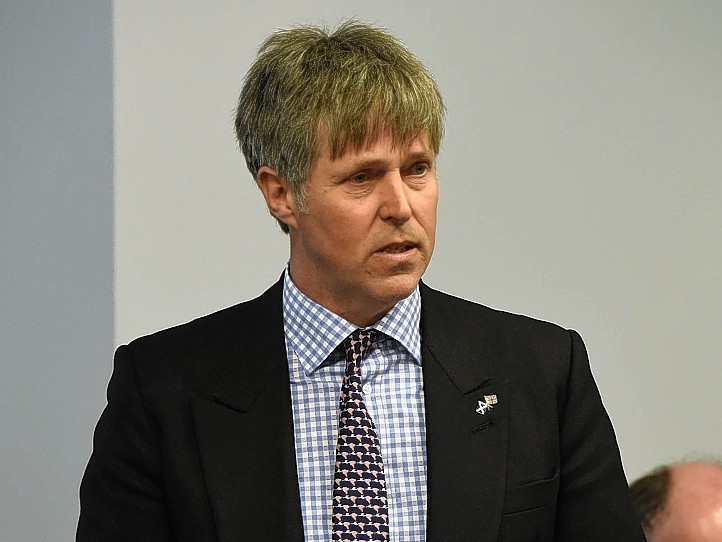A damning survey has revealed the Highlands, Orkney and Shetland have the worst broadband speeds in the UK.
In a study which tested hundreds of thousands of households and businesses in Britain’s 389 local authority areas, the average for the north mainland and northern isles all fell significantly short of the Government’s proposed minimum download speed of 10 Megabits per second (Mbps).
Last night, as the Scottish Government claimed things would be even worse without its input, critics called for the “unacceptable” lack of connectivity in the north to be addressed as a priority.
Scottish Conservative politician Edward Mountain MSP said: “The remoter areas of Orkney, Shetland and the Highlands need the best possible connection of broadband to make up for the huge physical connection problems we have here.
“It’s annoying that so much has been made (by Mr Ewing) about investing and connecting people in rural areas. It’s even more important in rural areas because we can not just jump in a bus, and really need the ability to talk to people on the internet.”
Orkney MSP Liam McArthur (Scottish Lib Dem) has called for a renewed commitment by the Scottish and UK governments and their agencies to delivering superfast broadband.
He said: “Good, reliable and affordable broadband is increasingly essential, not just for businesses but also for households looking to access a range of services. It is also a key means of families and friends keeping in touch.
“While I recognise progress has been made, these figures reaffirm our fears that the gap in broadband speeds between Orkney and the rest of the UK is growing. This digital divide will only make it harder for Orkney to compete and leaves people with an unacceptable below par service.”
Consumer protection watchdog Which? published its research using data from its speed checker between January and March, which show average download speeds for Orkney are firmly at the foot of the table with just 6.3Mbps, while Shetland has 8.4Mbps, and the Highlands was third from bottom with 8.8Mbps.
These speeds fall well below 10Mbps, the minimum download speed proposed under the UK Government’s Universal Service Obligation that anyone in the UK would be entitled to request.
Fergus Ewing, cabinet secretary for connectivity, said that without the Scottish Government’s investment there would be as little as 21% coverage across the Highlands and none at all in Orkney, Shetland and the Western Isles.
The Western was fifth from the bottom in the Which? survey, with 9Mbps.
Meanwhile, an innovative new community scheme has improved the speed of broadband in one part of rural Inverness-shire.
Stratherrick and Foyers Community Trust have managed to get a wireless signal to a new broadband station above Stratherrick to allow every home which could see the aerial to get connected.
Depute Chair of the Community Trust Sharon Ferguson from Whitebridge said: “Without broadband our children were unable to progress their schoolwork at home and local businesses struggled to run efficiently.
“For older people even ordering their groceries on line was impossible and we were really struggling with complaints from visitors. It used to be that folk wanted to get away from it all on holiday but staying connected is now an essential for some.”










